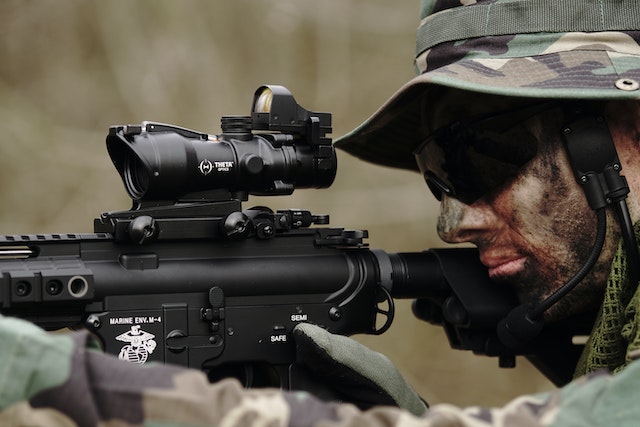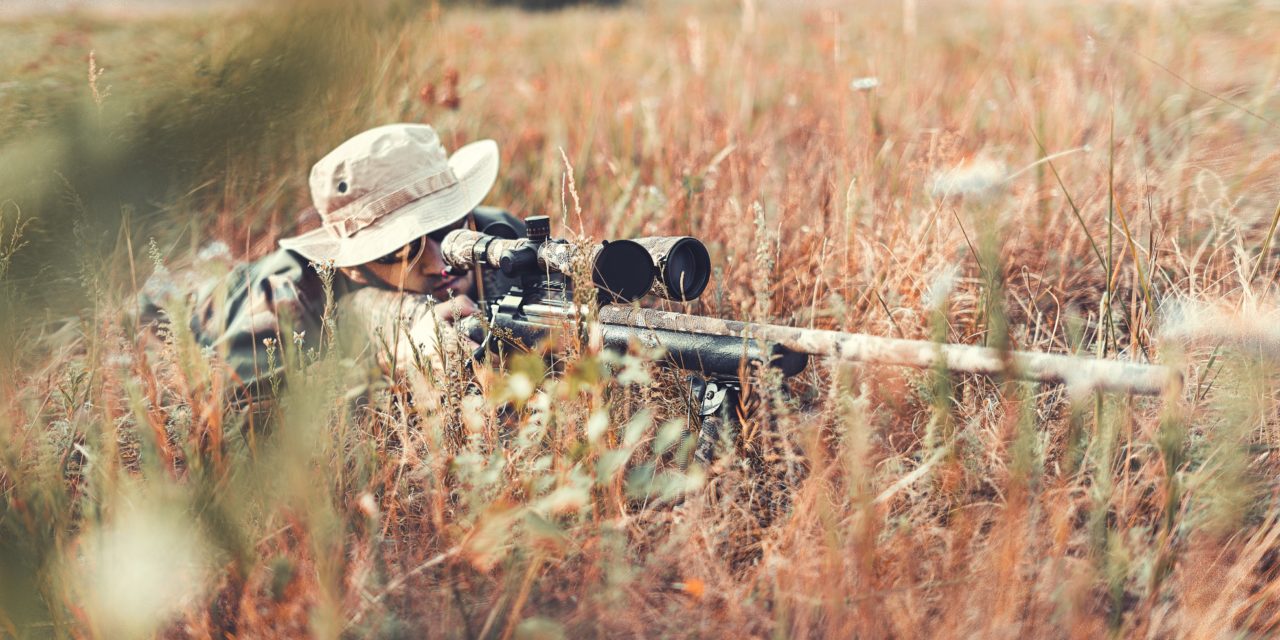For military personnel, hitting the target is the primary goal during unfortunate wars and in times that it is needed. While good eyesight and steady hands are one of the crucial characteristics of a good marksman, it is undeniable that there are certain factors as to why one can’t hit the bullseye.
In cases where weapon precision is suboptimal, there have been plenty of tools that have given the shooter the sight for shooting precisely. Old-fashion sight tools such as the iron sights are reliable enough. However, if it calls for a more technologically advanced accuracy, then a holographic sight might be the right choice.
Let’s dive into the amazing advantages of how holographic eotech sights help the military workforce be on the point of their marked targets.
History of Holographic Sights
The first developed prototype of the holographic-based weapon sight, opened doors for their use in the U.S Army and anti-aircraft artillery systems. The non-profit research institute then became the Michigan Development Corporation (MDC), which commercialized the technologies. MDC then led to the creation of eotech, which is what we have today.
The Holographic Weapon Sights (HWS) was one of the most vital tools developed by eotech sights. The first-generation tool was introduced way back in 1996 by the company. HWS was marked under the trade name of Bushnell HoloSight, which won the Optic of the Year Award from the Shooting Industry Academy of Excellence.
As the military and law enforcement communities deemed HWS as a worthy companion for their guns, they eventually adopted the holographic sights in 2001. Furthermore, the use of HWS heightened when the 2005 Special Operations (SOCOM) and the United States Marine Corps made the advanced tool sigh as their optic standard close combat.
The Advantage of HWS
The main advantage of the holographic sights is its fast and easy target acquisition compared to the other sight tools. For the operators in the field, the HWS enables them to include both eyes open for engagement, allowing the shooter to have access to full peripheral vision and surrounding awareness—which is highly crucial when it comes to combat situations.
Anti-reflective coatings. The holographic sight’s anti-reflective coatings and flat front window minimize further the image distortion and block side reflection—all this is done while offering optimal off-axis usage when sight alignment is difficult.
LED light source. The LED light source ot=r the reflex sight of HWS is an advantage of the holographic sight compared to the standard “Red Dot” sights. This kind of system in HWS is built to function continuously even when the window is broken or obscured, which is a feature that no other sight can do.
Speed Ring. The speed ring reticle is also a utilized feature of HWS wherein the outside to outside of the circle equates a 5-foot 9-inch man at a hundred yards. This all-weather sight is water-resistant and is able to perform in temperatures ranging from -4ºF to 1224ºF.
Night Vision. Unlike other sight tools such as the Red Dot sights, holographic sights are night-vision compatible, offering a wide field-of-view even when used with a helmet or weapon-mounted night-vision devices. Additionally, there is a feature of NV toggle buttons that allows the shooter or operator to switch from night vision to daylight.
Lastly, it also offers adjustable reticle brightness wherein the operator can have 30 settings for the night vision models and 20 for the non-night vision models of holographic sights.
Red Dot Sight vs. Holographic Sight

Photo by Maxim Potkin on Unsplash
There are instances that persons unfamiliar with the sight tools confuse the Red Dot Sight and the HWS. Thus, to end the confusion, here are the fundamental differences between the two sights.
Power Use. The holographic sight and red dot sight both use power through integrated battery. If power longevity is essential for you, you might want to opt for the red dot sight since it uses less power than the more advanced laser-based holographic light.
Reticle. Both sights give you a visual advantage over the traditional sights like iron or scopes. In this regard, the red dot sight aims its pointer by covering the target, while holographic sight surrounds the target through laser image. Both sight tools enhance accuracy while reducing the amount of time to aim and fire a target.
If you want to know the advantage of HWS, then it would be the sight’s design for reticle images since there are many to choose from, such as crosshairs or a variety of dot configurations.
Magnification. For red dot sight, if the operator zooms in the target, the size of the dot will enlarge, covering the view. Although the target will be closer, the aiming point’s view will be obscured due to the red dot enlargement. On the other hand, the HWS view remains the same while zooming in on the target, making it the best sight for acuity on long-range shots without obscuring the view.
Takeaway
The development of the holographic weapon sight makes it easier for our military personnel to use the potential of the guns and other weapons fully. With this said, military technology surely has advanced over the years, making way for lots of advantages for our military workforce.







Recent Comments